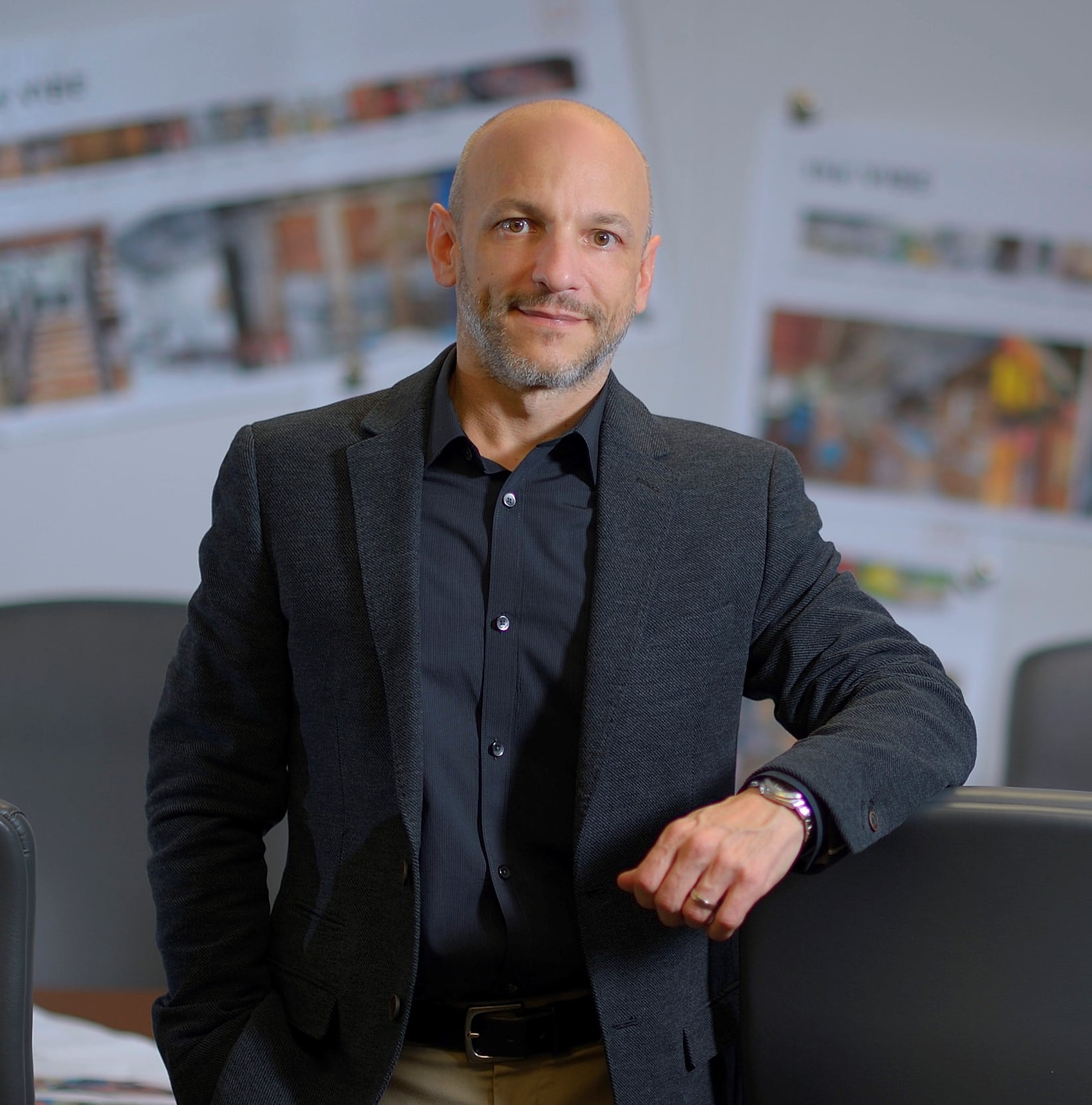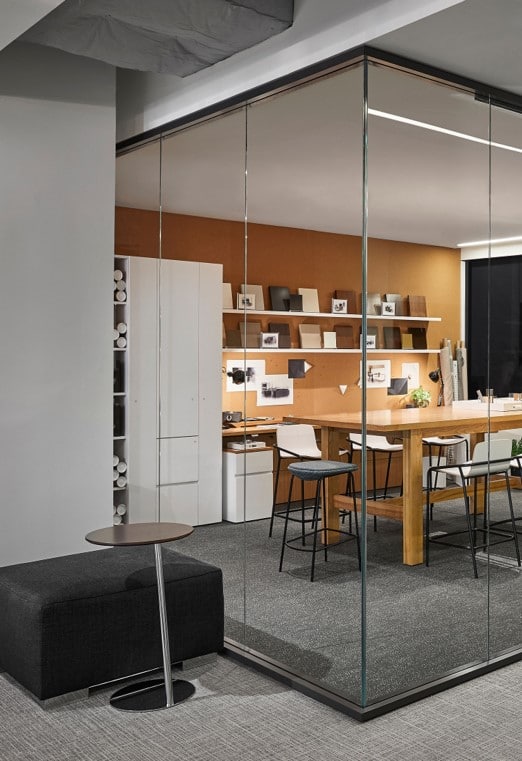If increasing efficiency is your goal, then you’ll need to focus on your employees first.
It would be a lot easier if there were a formula you could use to achieve maximum efficiency but unfortunately, that is not the case. That’s because there are people involved – and people are complex, unique and emotional beings who need to be nurtured in order to thrive. When they are thriving, then efficiency will also be positively impacted.
The first step in creating an efficient business is to create an environment that’s conducive to employee well being.
The natural outcome of this is an organization that runs more efficiently. When employees can devote their attention to their task instead of being distracted by other issues, they will naturally be more productive.
When employers are focused on employee well being, then they naturally look for ways to enhance the office design so that it’s supportive of the people who work there. We’re seeing this trend emerging across industries as the Millennial generation begins tipping the balance of the generations in the workforce and employers are faced with new employee expectations.
 We’re no longer content to go to an office, work 9 to 5, then struggle with a stressful commute. We want a more ‘human’ work life and a more balanced home life.
We’re no longer content to go to an office, work 9 to 5, then struggle with a stressful commute. We want a more ‘human’ work life and a more balanced home life.
This philosophy is impacting the way buildings are being built and the way offices are being designed. In fact, the Well Building Standards recognize that buildings are built to fit people and not the other way around. Some of the fundamental ‘must haves’ in order for people to thrive are: clean air, clean water, nourishing food, regular exercise, enough natural light. But this is just the beginning.
In an effort to provide the best and most supportive environment possible, many organizations are designing work environments that offer more than just a space in which to work. Clean air, water and natural light are just the beginning.
To help employees maintain healthy eating habits while working, many provide on site cafeterias providing nutritious meals.
To help them maintain a healthy level of activity at work, we’re now seeing not just exercise facilities, but walking paths and outdoor areas integral to the campus design. Employees are encouraged to have ‘walking meetings’ rather than sitting down. They’re being provided with height adjustable furniture so that they can alternate sitting and standing at work in an effort to avoid the ills of being too sedentary. Collaborative furniture is strategically placed to encourage both spontaneous and planned sharing of ideas and expertise.
Ergonomics is a huge part of modern office furniture design in an effort to promote wellness at work and prevent fatigue, strain and injury while performing work tasks.
Sound management is another huge concern in modern offices. Acoustic management is key in providing a work environment where we are not continually stressed by distracting ambient noise.
Temperature is another element often cited as a distraction at work. Cutting edge buildings now provide for personalized climate control at work stations in order to overcome this challenge.
And yet, even when all these diverse challenges are met, there is still no guarantee that employees will work to their peak potential or achieve management’s goal of maximum efficiency.
People are emotional and we are unable to fulfill our potential or even work to a high level of productivity if we are unhappy at work. Of course, no one, including an employer, can be responsible for the happiness (or lack thereof) of someone else. However there are a few ways to provide an environment which is conducive to happiness.
Allowing employees to customize their work space with personal photos, mementos, ornaments and plants helps promote a positive outlook. Providing office green spaces such as potted plants and living walls helps to not only clean the air, but also to de-stress employees.
Having friends at work is an important part of the happiness equation. Having meaningful work is another part. Feeling part of a community and being part of a team is important psychologically. The most productive and efficient work is done by teams whose members are committed to each other’s best interest while pursuing a common goal. Team members in these types of teams are able to inspire and motivate each other sharing ideas, talents, skills, viewpoints and strengths.
While some are motivated by financial reward, many are more motivated by recognition of their individual talents, skills and achievements, whether work related or extra curricular. People who feel appreciated have a better view of themselves and tend to work harder in order to maintain their own personal standard.
People are also far more inclined to work hard when they feel in control of the process. Granting as much autonomy as possible will help ensure that employees, whether working in teams or individually, feel that their efforts are voluntary rather than ‘having’ to perform to a certain standard. When we can choose, when, where and how we work, we’re much more likely to hold ourselves to a higher standard than if our every move is prescribed by someone else. When we are able to set our schedules so that we make room for important personal commitments, we not only work harder to make sure our work commitments are fulfilled, but we also feel that our employer cares about us as a person, not just an employee.
The organization that works towards providing an environment that covers all of these diverse elements will find that their productivity and efficiency increases as a natural by product of their employee focused efforts.
More reading:
https://ssir.org/articles/entry/creating_high_impact_nonprofits
https://www.gsa.gov/graphics/pbs/Innovative_Workplaces-508_R2OD26_0Z5RDZ-i34K-pR.pdf




